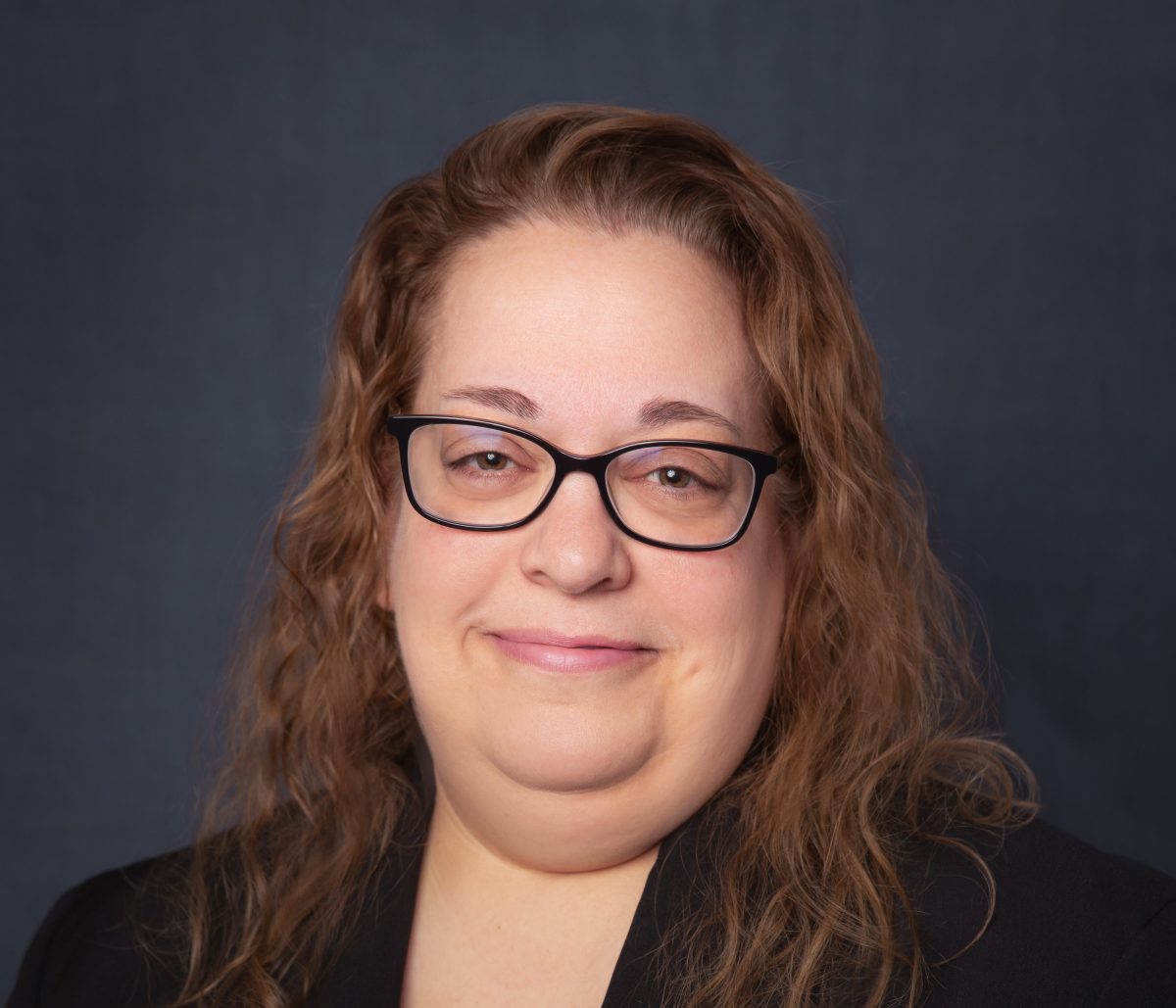A gap of $1.5 million in the Glen Cove City School District’s proposed budget was addressed at the Wednesday, March 19, Board of Education meeting. While the expenditures budget is predicted to be approximately $118.1 million, the district expects about $116.5 million in revenues.
“As of today, we do not have a balanced budget,” said Theresa Kahan, assistant superintendent for business. “The current gap is about $1.5 million.”
Kahan said there are increases to health insurance, contractual obligations and special education services, which will affect the district’s spending next year.
“In the next few weeks, we will review the budget to determine how to eliminate this gap,” Kahan said.
She said the administration will work with each building to review staffing needs and officials will consider using the district’s reserves in the budget. She said the governor’s adopted budget—which has yet to be released—will affect state aid figures.
As of the 2024-2025 district enrollment data, calculated by the state in October, the district comprises 3,154 students. If the proposed $118.1 million expenditure budget is approved, the district would spend approximately $37,451 per pupil, if enrollment remains steady.
The 2024-2025 budget totals about $113.4 million. According to figures presented in Kahan’s presentation, the 2024-2025 tax levy was approximately $77.3 million.
The district’s expected 2.891% increase will total approximately $79.6 million, indicating an over $2 million tax levy increase if approved by the community. Kahan said the proposed increase for the 2025-2026 budget is almost 0.5% lower than the allowable increase.
The maximum allowable tax levy increase for next year’s budget is almost 3.5%, totaling just over $80 million, Kahan said.
“This represents the maximum amount that the school district is allowed to levy in taxes,” Kahan said.
The tax cap limits the maximum allowable increase to residents’ school and property taxes, she said. The current year’s maximum tax levy increase is based off factors such as the current tax levy, tax base growth factor and PILOT payments.
“After some discussion with the Board of Education and the administration, it was decided to reduce the tax levy by $400,000,” Kahan said.
Kahan said many neighboring districts have reported that they expect the tax levy increase to be 2.9% or higher, with some reporting increases over 3%. Neighboring schools have discussed increases such as 2.3% in Locust Valley, 2.91% in Oyster Bay-East Norwich and 2.992% in North Shore.
The next budget workshop will be presented on April 9, Kahan said.

































